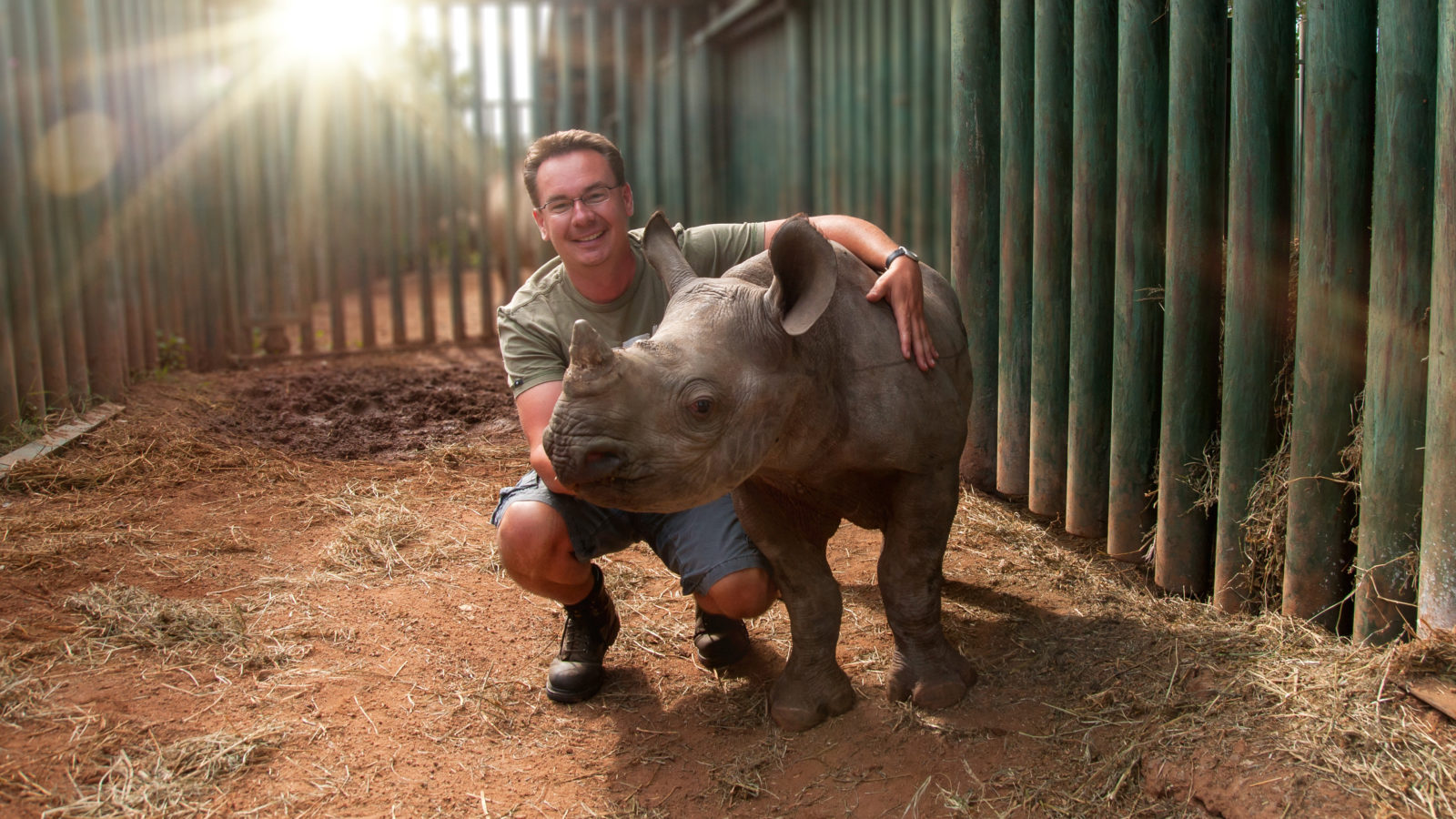Zoologists and Wildlife Biologists are considered part of the Realistic Theme Code category according to Strong Interest Inventory® Assessment. Job seekers have been using this assessment since its release in the early 20th century to help them find fulfilling careers. The Assessment works by analyzing individuals’ various preferences and interests, and then uses that analysis to narrow their job search to their top categories of careers. Careers in the Realistic category often involve solving concrete problems or using specific tools or strategies to achieve specific goals. People with a proclivity for Realistic careers are practical and often enjoy working with their hands.
Zoologists and Wildlife Biologists study many characteristics of animals and wildlife, including their origins, behavior, diseases, life processes, and genetics. They may take excursions to study them in their natural environments or may collect samples to analyze in a laboratory setting. Those who go “into the field” may assess the effects of environment or industry on the animals and may develop and recommend less-invasive alternatives to current industrial practices.

Read about a career as a Zoologist and Wildlife Biologist including information such as a Zoologist and Wildlife Biologist Salary, daily tasks and other career information.
They often conduct experimental studies with animals in both controlled and natural surroundings in order to predict the impact of particular interventions before they are implemented on a larger scale. Zoologists and Wildlife Biologists then disseminate their findings by writing reports, publishing scientific journal articles, presenting at academic and professional conferences, and share their knowledge at schools. Some may also work closely with park programs and other public initiatives to raise awareness of conservation issues, such as hunting, nuisance wildlife, or plant identification. Such initiatives may also include preventative programs to reduce environmental impact or control the outbreak of wildlife diseases.
Zoologists and Wildlife Biologists use a wide range of tools that vary depending on their context and objective. These could include anything from weapons like dart guns, axes, sledgehammers, and archery bows, to modes of transportation like all-terrain vehicles, kayaks, and boat trailers, to lab equipment like calipers, pipettes, beakers, balances, and forceps. They may also need tools to capture animals (e.g., commercial fishing nets), or examine them (e.g., dissecting tools). When navigating challenging terrain, zoologists may require compasses, ladders, binoculars, safety harnesses. Zoologists and Wildlife Biologists also use tools to collect field samples, such as water samples, test sieves, and surface thermometers.
To document and analyze their findings, Zoologists and Wildlife Biologists use analytical and computer modeling software, data entry software, and even map creation software. By analyzing this wide range of data they collect from the field as well as from their samples, they are able to make valuable contributions to public and scientific knowledge about animals and wildlife. In addition to a strong foundation in biology, such specialists also need to have an understanding of geography, and the ability to document and communicate their findings in fluent written or spoken English. Those who work with other groups may also need to know how to manage large groups or provide customer service and support. Most hold either a bachelor’s degree or a master’s degree.
Zoologists and Wildlife Biologists also need to have strong systems evaluation skills, the ability to solve problems quickly and confidently, and strong active listening skills. In many cases, being physically fit and able to navigate difficult terrain is necessary, as is near vision and coordination.
Zoologist and Wildlife Biologist Salary and employment can vary from state to state. In rural states like Oklahoma, even the best-paid Zoologists earn well under $75,000 annually, while in high-population areas like Washington D.C., they can earn over $170,000. In most states, the lowest-paid Zoologists earn well under $40,000. On a national level, their employment is increasing at a steady rate. However, in the states of Utah and Washington, their employment is projected to skyrocket nearly 20% before 2028. Several other states, including the heavily populated states of Florida and California, also have projected growth rates at or above 10%.
Below are some employment trends for Zoologists and Wildlife Biologists:
- Median Salary: $30.42 hourly, $63,270 annually
- Employment: 19,300 employees
- Projected growth (2018-2028): Average (4% to 6%)
- Projected job openings (2018-2028): 1,900
Visit Our Strong Interest Inventory® Resource Page
Visit Our Myers-Briggs Type Indicator® Career Resource Database for Information on MBTI® Personality Type Careers
To Learn More About the Myers-Briggs Type Indicator, visit our About MBTI Test Page
Click on one of these to access more Realistic Theme Code Careers: Acupuncturist, Airline Pilot, Animal Trainer, Anesthesiologist Assistant, Baker, Barber, Bus Driver, Civil Engineer, Cardiovascular Technologist and Technician, Medical and Clinical Lab Technician, Computer Support Specialist, Game Warden, Forest Firefighter, Heating and Air Conditioning Mechanics, Recreational Protective Service Worker, Meat Trimmer, Molecular and Cell Biologist, Nanotechnology Engineering Technician, Oral and Maxillofacial Surgeon, Pathologist, Plumber, Radiologist, Police Patrol Officer, Surveyor, Telecommunications Engineering Specialist, Veterinarian, Veterinary Technologist and Technician, Welder.
Explore our Strong Interest Inventory® Blog Pages:
- Strong Interest Inventory Realistic Theme Explained
- Strong Interest Inventory Artistic Theme Explained
- Strong Interest Inventory Investigative Theme Explained
- Strong Interest Inventory Social Theme Explained
- Strong Interest Inventory Enterprising Theme Explained
- Strong Interest Inventory Conventional Theme Explained
Assessment Categories
References
- Bureau of Labor Statistics wage data and 2018-2028 employment projections Onetonline.org









